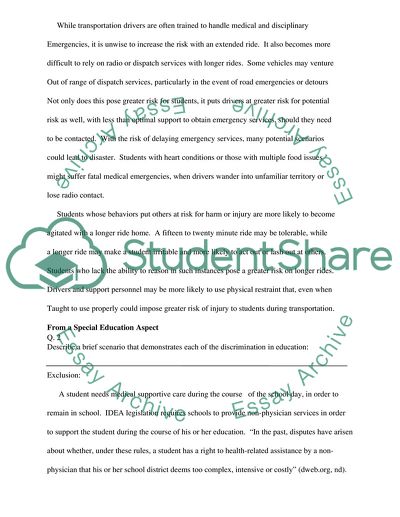Cite this document
(“Special Populations: Legislation, Litigation, and Advocacy Essay”, n.d.)
Special Populations: Legislation, Litigation, and Advocacy Essay. Retrieved from https://studentshare.org/education/1552753-special-education-aspect-see-uploaded-instructions
Special Populations: Legislation, Litigation, and Advocacy Essay. Retrieved from https://studentshare.org/education/1552753-special-education-aspect-see-uploaded-instructions
(Special Populations: Legislation, Litigation, and Advocacy Essay)
Special Populations: Legislation, Litigation, and Advocacy Essay. https://studentshare.org/education/1552753-special-education-aspect-see-uploaded-instructions.
Special Populations: Legislation, Litigation, and Advocacy Essay. https://studentshare.org/education/1552753-special-education-aspect-see-uploaded-instructions.
“Special Populations: Legislation, Litigation, and Advocacy Essay”, n.d. https://studentshare.org/education/1552753-special-education-aspect-see-uploaded-instructions.


